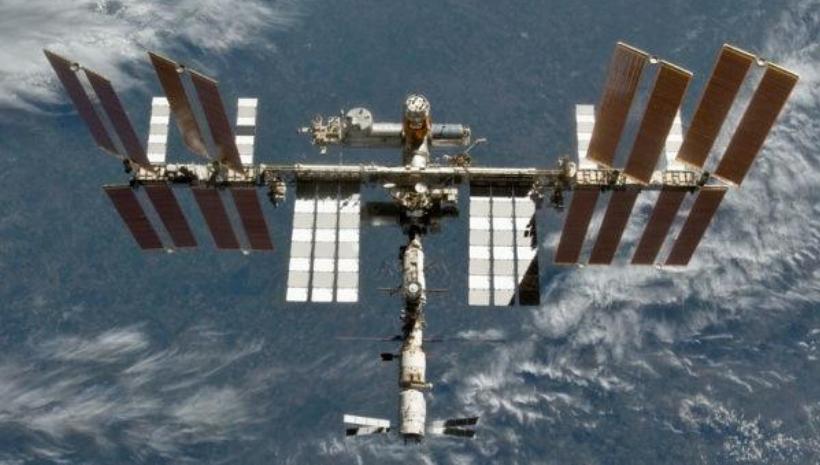A new 3D printing technique has been discovered for 3D printing in space. This 3D printing process involves an extrusion process that uses special inks, dubbed Lunar and Martian Regolith stimulants. These inks have strength and elasticity properties and have properties similar to powder material found on Mars and the moon.
Much of research has been going on in the direction of studying the possibilities of how engineering and construction can be carried out on other planets. 3D printing, however, seems to be an answer to develop objects for the extra-terrestrial environment. The FDM printer has already been used in the International Space station to manufacture 3D printed objects on demand.
Though the scope and functionality of the FDM printer are limited, stereolithography 3D printing is difficult to use in environments away from Earth where all resources are not available. Researchers at Northwestern University have come up with a new 3D printing method that would allow resources to be available in remote conditions.
The LRS and MRS inks could be easily 3D printable at linear deposition rates of 1–150 mm/s using 300 μm to 1.4 cm-diameter nozzles. These inks could be used to make objects of different shapes that had specific mechanical and physical properties. Single extrusion processes were extremely successful, and the resulting objects had desired properties. Researchers observed that similar extrusion processes could be undertaken in limited resource situations. The technique and materials could be controlled and used according to large build area platforms, parallel nozzle extruders, larger diameter extruders, and mobile extruders. The research was initially performed on a small scale but was found to be easily scalable for crucial experiments and major projects. This was possible as the synthesis is a purely physical process (basic mixing of constituent elements) and is not detrimental to chemical reactions of any kind.
The researchers were pleased with the outcome of the project.
